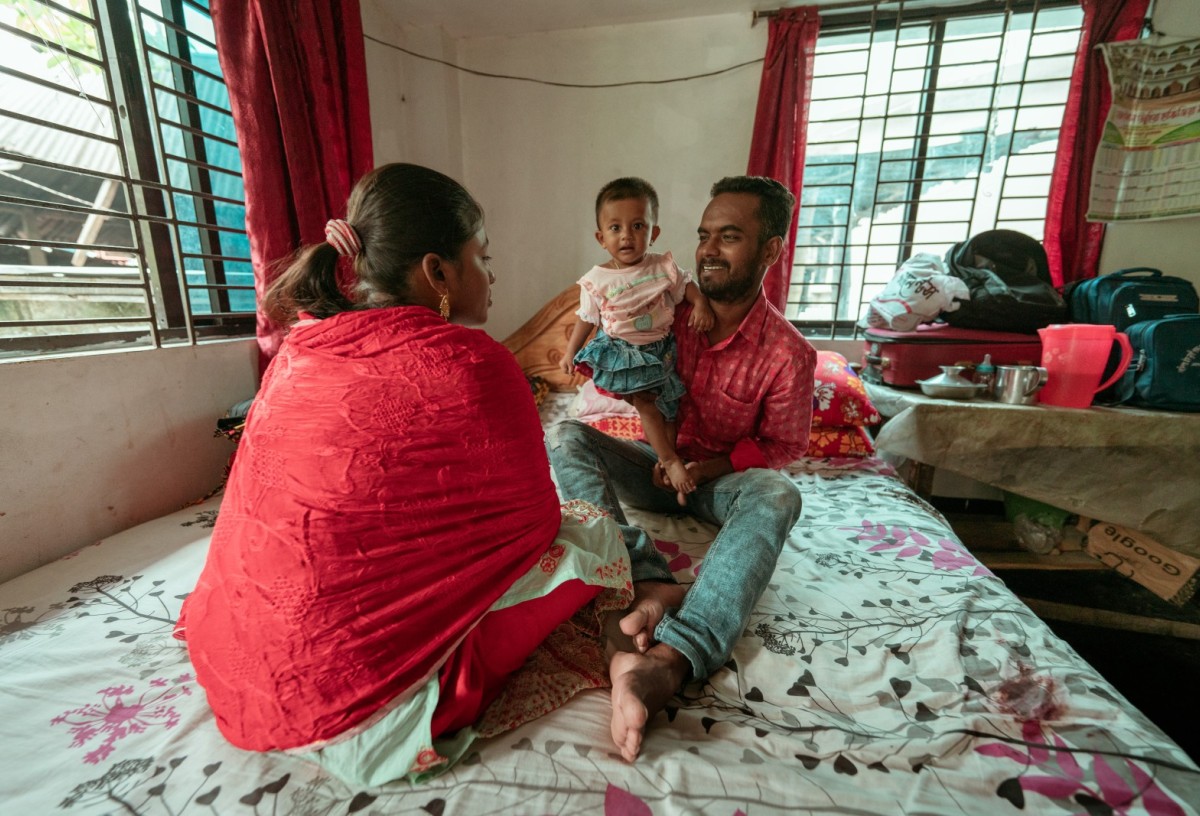INTRODUCTION
In accordance with international frameworks, the premise of this module is that a child rights approach to reintegration begins with a return decision identified to be in the best interests of the child. Therefore, procedures need to be in place to ensure all possible sustainable solutions for children have been explored and that children return to their country of origin only if it has been determined to be in their best interest.
In cases where children are with their families, the parents or legal guardians are responsible for making the decision to return. Protection actors can support in ensuring that the child's long-term protection, survival and development needs are met.
However, in the cases of unaccompanied and separated children or if protection risks are identified (for example: abuse, family separation, child labor etc.), the process requires complex coordination among many actors, including cross border coordination with relevant child protection actors. The main challenge identified in these contexts is often the lack of standardized guidance or tools outside of humanitarian settings to guide the best interest process, including referral and alternative care arrangements. Recognizing this gap, UNICEF and IOM jointly developed the following tools:
- Registration and Best Interests Assessment (BIA) Form;
- Family Tracing and Assessment Form;
- Verification Form;
- Best Interests Determination (BID) Form;
- Minimum standards for temporary child protection care facilities and foster care, in countries of transit/destination during the best interests process and/or as alternative care in countries of origin.
Part IV of the IOM Case Management Guidelines, explains each step of the best interests process in more detail. These procedures should aim at finding a sustainable solution - be it return and reintegration, local integration, or resettlement to a third country.
These tools have been developed to complement existing case management forms and/or to be used in situations where no tools currently exist. They can also be adapted to local contexts or to inspire the development of national best interest procedure tools.
Additionally, if return is found to be in the best interest of the child, a strong reintegration assistance and regular follow-up plan should be developed. For this reason, the reintegration plan template originally designed for adults, has been adapted to ensure that the protection needs of children are considered:
- Reintegration plan for Unaccompanied and Separated Children;
- Reintegration plan for families with children.


